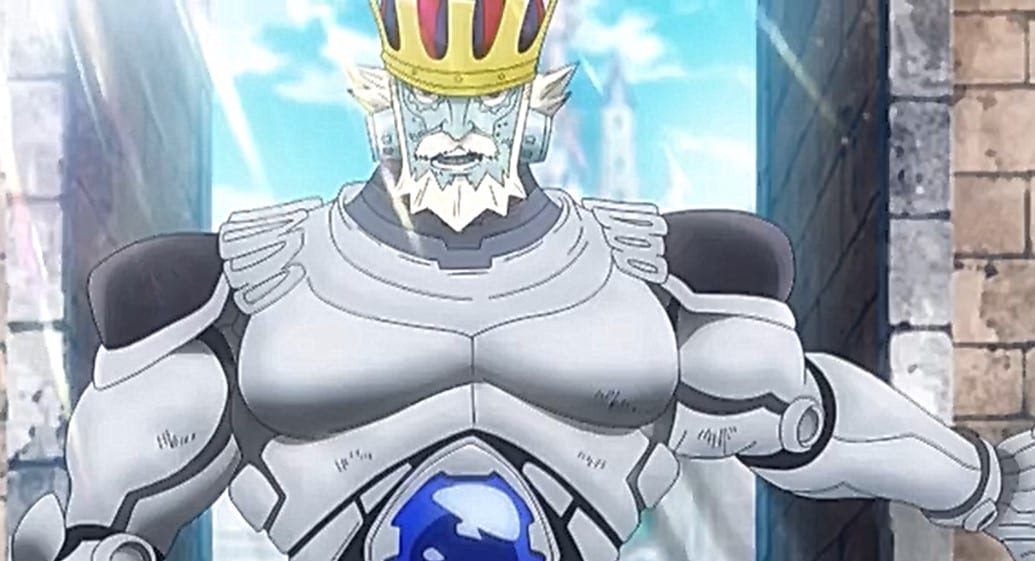
Newton’s work also predicted the force required to break away from the pull of Earth and travel into space. Halley studied comets with the equations furnished by Newton and predicted that the comet, now known as Halley’s Comet, would return every 76 years. Newton formulated his law of universal gravitation, with his understanding that two bodies in the cosmos attract each other with a force dependent upon the mass of the objects and the distance between them. The wealth of discoveries Newton had been sitting on may have remained undiscovered for many years, or forever, had Halley not published them at his own expense, overcoming many barriers to do so. Halley pushed through the barriers Newton had put up to shield himself against the outside world, having had a rough time of it in his family life growing up as well as in academia. When he approached Newton, Newton told him he’d solved that equation a number of years before. Directing great minds of his time to the task, the mathematics behind it remained nonetheless elusive. He wondered why some planets orbit the sun faster than others. The word “disaster” has it’s root in the Greek words for “bad star.”īefore Halley came to further the scientific understanding of comets in the early 18th century, he had another mystery to solve first. Various cultures thought they foretold famine, the deposition of a ruler, or even a specific plight, such as a small-pox outbreak. The stars align with changing seasons and other phenomena on Earth. People understood, said Tyson: “What happens up there must be directed at us down here … What else could it be but a message?”Ĭomets were portents of doom. Different cultures “looked up at the same stars and found different pictures there,” Tyson said. He used the analogy of a baby in a bassinet looking up at a wondrous, starry sky. Tyson started the episode with a more remote history, depicting civilization in its infancy. Portrait of Sir Isaac Newton in 1689, painted by Sir Godfrey Kneller. But astronomer Edmond Halley, whose name flies through space to this day attached to the famed comet, became a friend and patron of the young recluse and brought Newton’s groundbreaking work out of his closed quarters. Newton had been burned by Robert Hooke, who took credit for some of Newton’s early theories and continued to plague Newton in this manner through the course of his career. Who knows? In the meantime, it’s a still a great show to watch, and the highlight of my Sunday evenings.In the third episode of “Cosmos: A Spacetime Odyssey,” Neil DeGrasse Tyson took viewers through a rapid shift in how people understand the cosmos, a story revolving around a single, sullen, secluded student at Cambridge University-Isaac Newton.
COSMOS EPISODE 3 SUMMARY CRACK
As Newton inspired Halley, maybe NDT will inspire the person who will crack faster than light travel.


It continues on the theme of reaching out to those who may not realize they will love science, and encourage them to be curious about their surroundings. It’s about giving a new generation role models like Halley, Newton and Oort, and it does so with cool graphics and an interesting story.


While it describes theories, and gives overarching ideas to how theories came to be, this episode is more about never taking anything we see for granted. While more autobiographical, and descriptive of important people (why do we not know Jan Oort’s name, Neil Degrasse Tyson laments, but remember the names of mass murderers?), this episode is less scientific. This time, Neil Degrasse Tyson decided to tell the story of fear and knowlege through that of Isaac Newton, where he pays homage to the theories that evolved or way or thinking in the universe, and inspired other scientists to discover new and amazing things about our universe (for instance, that Halley’s Comet comes ever 76 years and is not a bad omen at all). It also focused on astrology versus science, and told it through the lens of the life and times of Ptolmy Claudius, Copernicus, and Kepler, three men who were ridiculed or forgotten despite their work being scientific and prescient of the laws of physics. So, the highlight of the original ‘Cosmos’ episode was comets and how humans used to see them as bad omens. This was always my favorite episode in the original ‘Cosmos’, and the third episode in the remake it may be safe to say that this one is as well.


 0 kommentar(er)
0 kommentar(er)
